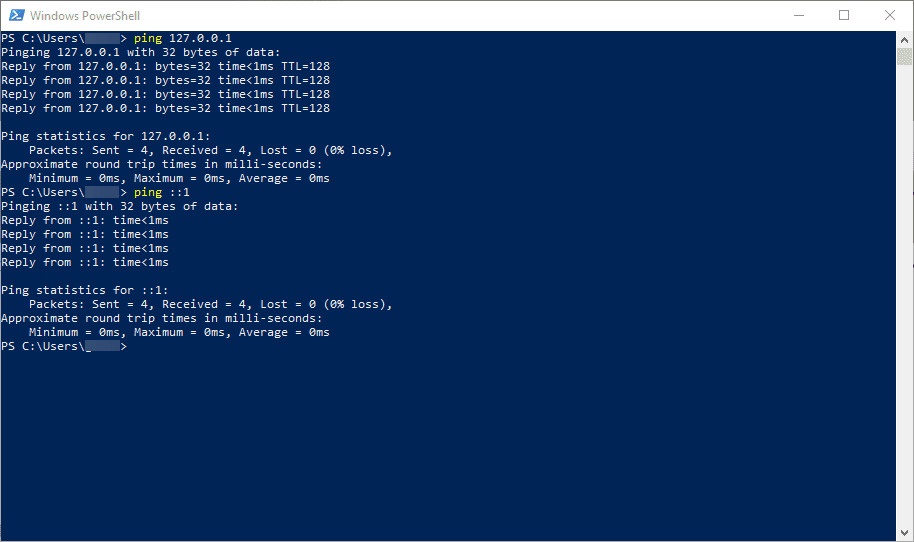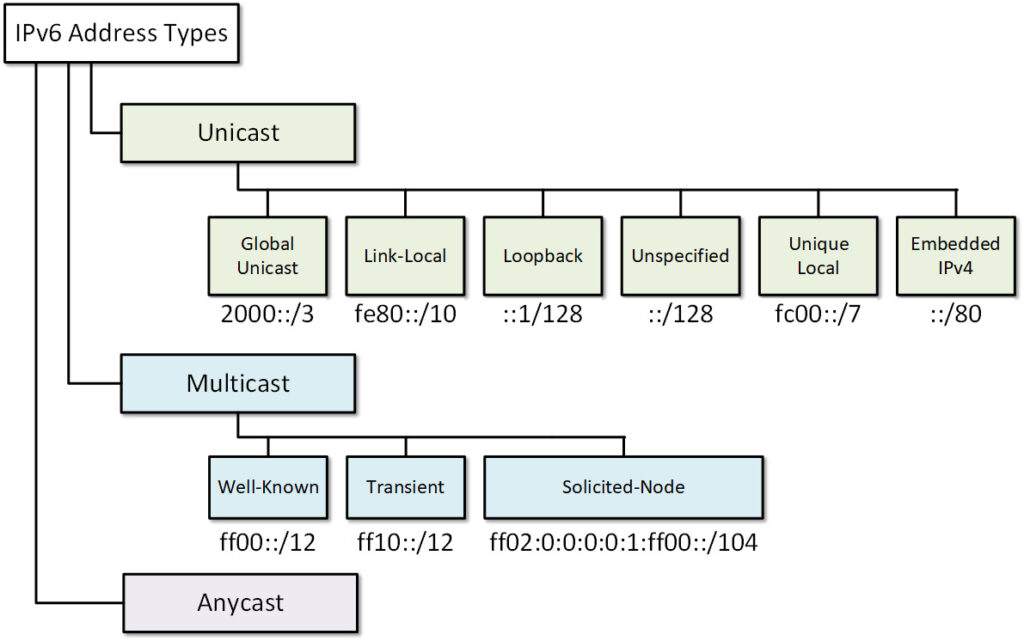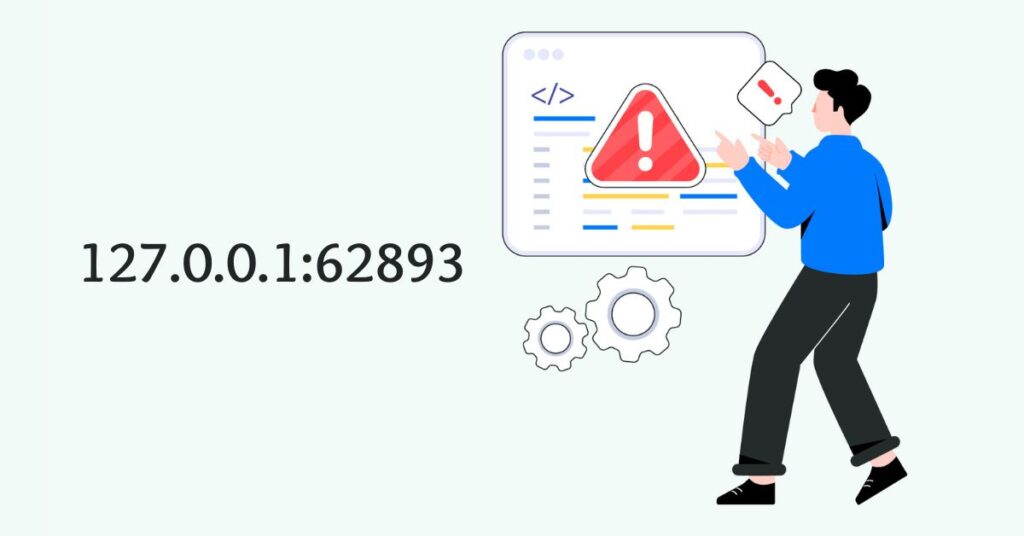Ever come across a random port number like 62893 on your computer and wonder what it is doing there? Trust me, I have been in the same boat it is easy to get lost with all the tech terms flying around. But don’t worry, understanding what’s going on with 127.0.0.1 and ports like 62893 is not as hard as it seems.
The address 127.0.0.1:62893 is a special address known as “localhost.” It is like your computer’s way of talking to itself! The number 62893 is a specific port, which helps different programs on your computer communicate with each other without needing to go online.
By the time you finish reading this, you will have a clear idea of how localhost and these ports work together to keep things running smoothly behind the scenes.
In this post, I will break down what 127.0.0.1 is, how port numbers function, the security benefits they offer, and some real-world examples developers can relate to.
What Is 127.0.0.1?
127.0.0.1 is the loopback IP address in IPv4 networks. It is used to refer to the same device that the address is assigned to, making it the “localhost.”

In simple terms, when a computer references 127.0.0.1, it is talking to itself. This loopback address is critical for testing software applications without the need to connect to external networks.
How Ports Work in Networking?
Before we dive into port 62893, let us take a moment to understand how ports work in computer networking. Think of an IP address as a home address for a device on a network. Now, the port number is like the specific room in that home where a certain service or application lives.
For example:
- If you want to visit a regular website, you usually go to port 80.
- For secure websites, you did go to port 443.
- If you are looking for secure shell access, that is on port 22.
Ports are really helpful because they allow multiple services to run on the same device without getting mixed up. So, when developers are testing different services on their local machine, like using the IP address 127.0.0.1, these port numbers help keep everything organized.
Read Also: Dewatogel
The Role of Port 62893:
Port 62893 is one of those high-numbered ports that are used temporarily, often called ephemeral ports. These ports come in handy for developers or applications when they want to test something on their computers.

Instead of using well-known ports like 80 or 443, which are reserved for specific services, they might randomly pick a port like 62893. This way, they can avoid any clashes.
Usually, when you see port 62893 being used with the address 127.0.0.1, it is part of a testing setup. This means that the local service on this port is just chatting with the computer itself. It is perfect for development work since it keeps everything contained and organized!
Security Considerations of 127.0.0.1:
One of the great things about using the address 127.0.0.1 is that it can not be reached from outside networks. Any services or applications that run on this address are only accessible from the same computer. This feature makes it super useful for safe local testing.
That said, there are still some security concerns to keep in mind when working in local testing environments.
For example:
- DNS rebinding attacks: In rare situations, harmful scripts might find a way to bypass local protections and access 127.0.0.1 by taking advantage of certain vulnerabilities. While this is not very common, it is something to be aware of.
- Firewalls and localhost: Most firewalls, whether on your computer or part of a network, usually won’t block traffic going to localhost.
However, if the firewall settings are misconfigured or there are specific security policies in place, this could end up blocking localhost communications. This might cause some services to stop working, so you might need to troubleshoot those firewall rules.
Using the loopback address is a smart move for developers, as it keeps their testing environments separate and helps protect sensitive information from being exposed to the outside world.
Read Also: Meet the Press S76E49
How Developers Use 127.0.0.1 for Testing?
One of the most common ways people use the address 127.0.0.1 is for web development. Before making a website or web app public, developers like to test everything on their own computers using this special address.

Here are a few ways they typically use it:
- Testing Local Web Servers: Developers can set up software like Apache or Nginx on their computers to serve a website on 127.0.0.1. By choosing a specific port, like 62893, they can test their site privately, making sure everything runs smoothly without letting anyone outside their network see it.
- Using Docker and VirtualBox: Tools such as Docker and VirtualBox also rely on 127.0.0.1 a lot. They help developers create virtual environments that mimic real-world situations. This way, developers can see how their applications will work when they are actually launched, without the fear of messing up any live systems.
- API Testing: When developers are working on APIs, they need to confirm that everything is functioning correctly. By running their API on 127.0.0.1, they can ensure that all the endpoints are working as they should before they share it with the world.
In a nutshell, using 127.0.0.1 allows developers to safely and effectively test their work before it goes live, making sure it is ready for everyone to see!
Common Limitations of Localhost (127.0.0.1):
While using 127.0.0.1, or localhost, is great for testing things on your own computer, it does have some downsides. For one, anything you create on this address can not be seen or accessed from other devices.
So, if you want to share your work with friends or colleagues, you will have to set up a different IP address. Also, since localhost only connects with your own machine, it is not the best for testing apps that need to work across multiple systems or rely on outside databases or servers.
Another thing to watch out for is that security settings can sometimes get in the way. Firewalls or antivirus programs might block certain ports or services, even when you are working on localhost.
Still, even with these challenges, localhost is a really handy tool for testing and developing in a safe space, letting developers fine-tune their work before sharing it with the world.
Read Also: Olivia Namath
The IPv6 Equivalent: ::1
In today’s tech world, IPv6 is starting to take over from IPv4 in lots of places. When we talk about loopback addresses, in IPv6, it is written as ::1, while in IPv4, it is 127.0.0.1.

Even though they look different, they do the same thing: they let your computer talk to itself. This is super handy for testing applications to make sure everything works as it should.
The biggest difference is that IPv6 is being used more and more in newer systems. However, for most local testing, many developers still stick with 127.0.0.1 because IPv4 is still the most common. So, while the technology is changing, old habits die hard!
Troubleshooting Common Localhost Issues:
Developers sometimes encounter problems when working with localhost environments. Some common troubleshooting steps include:
- Checking firewall settings: Ensure that your firewall is not blocking the port you are trying to use (e.g., port 62893). Firewall misconfigurations can prevent localhost services from running correctly.
- Ensuring the service is running: Verify that the application you are testing is actually running on the expected port. You can use tools like netstat or lsof to check what ports are active on your machine.
- Reviewing system configurations: Sometimes, misconfigured services (e.g., Apache or Nginx) can cause localhost to fail. Checking the configuration files for these services can help resolve issues quickly.
Advanced Localhost Use Cases:

While most users interact with localhost for basic web or API testing, advanced developers use it for much more complex scenarios, such as:
- Continuous Integration/Continuous Deployment (CI/CD): Many CI/CD pipelines include tests that run on localhost to ensure that code changes do not introduce bugs. By running these tests locally, developers can catch issues before deploying code to production.
- Database setup: Localhost is often used to run databases like MySQL, PostgreSQL, or MongoDB. By setting up databases on the local machine, developers can test data interactions without affecting production systems.
- Traffic monitoring: Tools like Wireshark can monitor network traffic on localhost. This is especially useful for debugging, as it allows developers to see exactly what requests and responses are being sent and received.
Read Also: Wellhealthorganic Buffalo Milk Tag
Frequently Asked Questions:
What are some common services that run on localhost?
Common services that run on localhost include web servers (like Apache and Nginx), database servers (like MySQL and PostgreSQL), application servers, and development tools such as Node.js. These services allow developers to create, test, and debug applications locally before deploying them to a production environment.
How can I find out which applications are using localhost ports?
You can use command-line tools such as netstat, lsof, or ss to view active connections and the corresponding applications using localhost ports. For example, running netstat -an | find “LISTEN” on Windows or sudo lsof -i -P -n | grep LISTEN on Unix-based systems will show you the services listening on various ports.
What is a proxy virus, and how does it relate to localhost?
A proxy virus is a type of malware that reroutes network traffic through a malicious server. This can interfere with normal network operations, including localhost services. Protecting your localhost environment from such threats typically involves using updated antivirus software and maintaining strong security practices.
How do I set up a web server on localhost?
To set up a web server on localhost, install a server software like Apache, Nginx, or IIS. After installation, configure the server to listen on 127.0.0.1 and a specific port (like 80 or 62893). You can then place your website files in the server’s root directory and access them via a web browser using the localhost address.
Conclusion:
In a nutshell, Understanding how the address 127.0.0.1 and port 62893 work together is really important for developers and IT folks. This special address called the loopback address, is super handy for testing things locally. It lets applications talk to each other without needing to connect to the outside internet.
By using localhost, developers can set up safe and efficient testing environments, fix any problems that come up, and make sure everything works perfectly before launching their apps for everyone to see.
Read Also:
